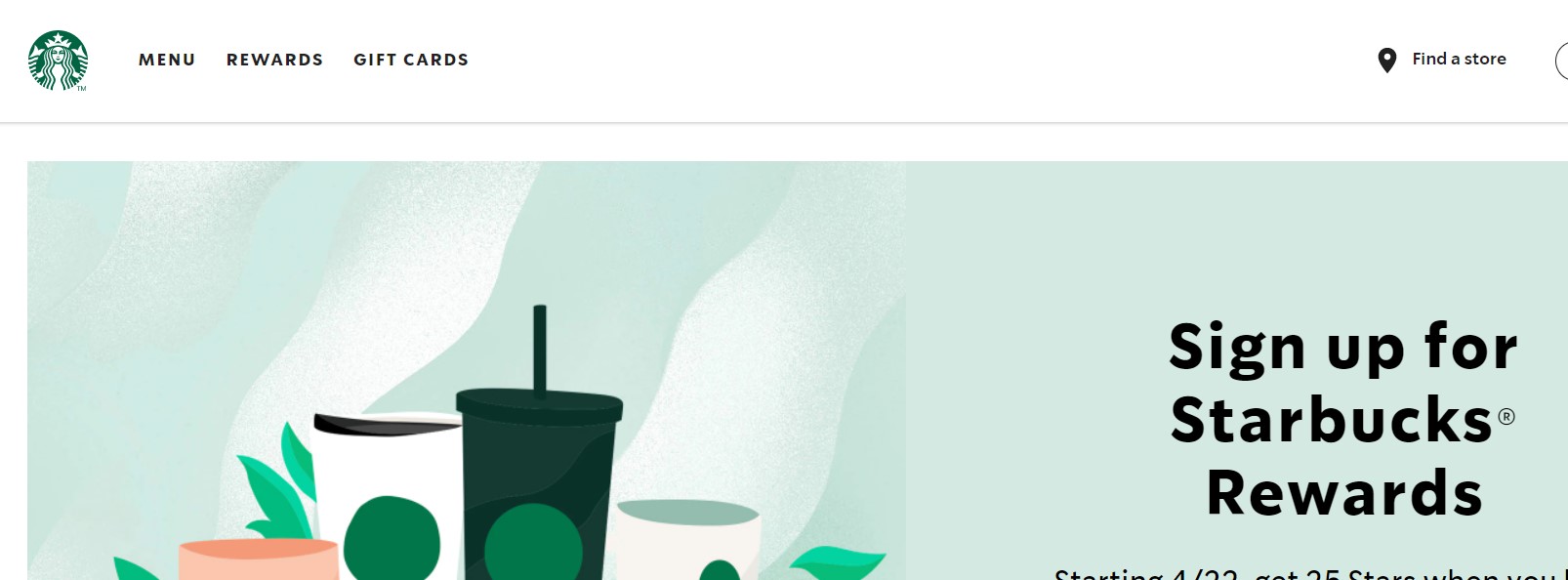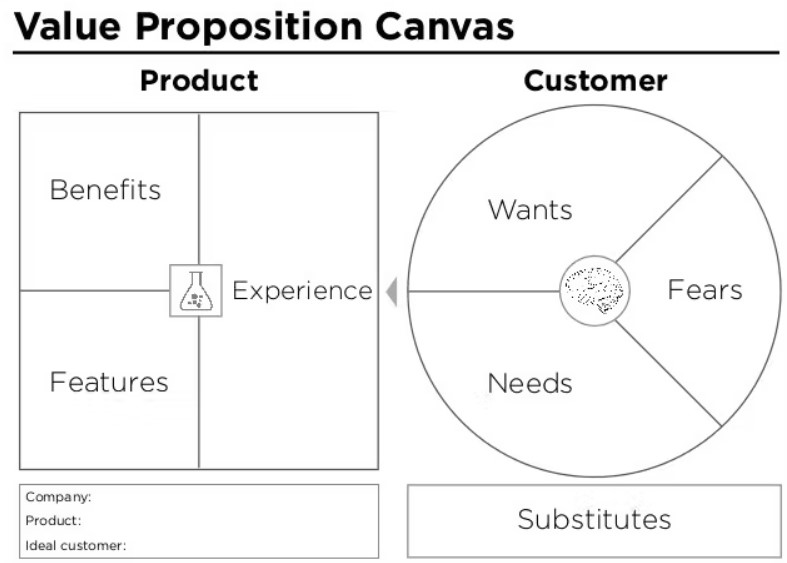Customer value proposition (abbr. as CVP) means a business owner’s promise to customers to be important to them in solving a particular issue. This is a motivation for the cooperation with the company.
Customer value proposition allows you to profitably stand out from competitors, highlight your strengths and fix this in consumers’ minds. CVP means a concise formulation of informational messages with all your products and makes value. It contains goals, mission, USP, usefulness, and other strong characteristics that are important for you to speak about.
Benefits and Advantages of Customer Value Proposition
Self-presentation is significant in any business. Managers, marketers, private entrepreneurs, startups and creative specialists will be more competitive if they formulate a customer value proposition.
If you do not convey value to clients, they are forced to think it out themselves. If your purchaser thinks it out, they do it wrongly and remain unsatisfied. Thanks to a thoughtful offer, a company of any size, from SMBs to corporations with many branches around the world, will be able to attract new customers, increase the loyalty of existing ones, and quickly change product prices (both up and down due to loyalty programs). For instance, correct information and suggestions placement on the site will make your business more convertible.
Customer value proposition is a must-have for promoting every item. It should attract attention. People need articles to help them solve their problems, the value proposition promises that affect the correct perception. To make potential clients believe you, create a challenging, engaging, profitable offer.
5 Examples of a Strong Customer Value Proposition
Let’s analyze the famous and high-profile CVP. Study and select the best customer value proposition sample.
Apple

This company repeats CVP throughout the iPhone line, namely: in device conception, its ease of use (which has remained the cornerstone of Apple’s aesthetics since the OS X launch), and quality suggested to users.
Apple knows that the mobile device market is oversaturated. Consequently, they don’t focus on unique technology. Instead, they opt to use experience.
Nike

There are a lot of advantages of this sports giant’s CVP:
- being the first to know about sporting events and purchase tickets at special prices;
- exclusive items;
- latest information about new models;
- tips, lessons, workouts from famous athletes and experts;
- apps with various tasks and rewards for completing them;
- free shipping.
Nike calls attention to innovation. Thus, its Research Lab focuses on designing cutting-edge products. It also operates the Product Creation Center, focused on technology incorporation.
Netflix

Netflix’s content is available on any platform that allows you to view videos. It is only one component inside Netflix’s customer value proposition. This firm spends huge sums on original content available only on its own platform. Its clients can use the streaming services from any devices that support multimedia content playback and have Internet access. Applications and web versions of Netflix have an intuitive interface and a “user-friendly” design.
Amazon

The CVP of this large e-commerce platform, which operates all over the world, perfectly reflects its motto. “Amazon delivers to you” demonstrates its approach and tireless work of the organization aimed at delivering parcels to all world corners.
Find below 4 core principles of Amazon:
- obsession with users;
- study and implementation of new features;
- the pursuit of excellence;
- thinking for a long term.
They based the entire business model on three unshakable customer-oriented principles: affordable prices, fast delivery, and various goods. But its greatest proposition is comfort.
Starbucks

Starbucks’ value proposition goes like this: “We do not just sell coffee, but also create an atmosphere of warmth and unity in our coffee shops. You can also find the most delicious tea of the best varieties in the world, confectionery and different sweets. The music one hears in our cafés is tasteful, too.” Thus, an international chain of coffee houses shows they offer an unforgettable experience along with drinks and music and pastries. Starbucks, in general, takes care of customer service and not only sells good coffee.
Types of Customer Value Proposition
CVP helps achieve the truth and find out the company’s essence and message, while it can be easily formulated and understood by absolutely any potential client. There are 4 CVP types:
- Primary value proposition is something you are very familiar with. It means a brand offer, a declaration of the company’s significance to this world. Your decent primary CVP allows you to achieve any goals.
- CVP at Prospects plane. If your firm is not too small and narrowly focused, you are probably dealing with various kinds of clients with individual motivations. If you communicate with everyone equally, your conversions will be poor. To make the offer individual, you can use various means: segmentation measured advertising, and buyer portraits.
- CVP at the Product plane. Realize if it is worth making a new label when launching a new product. A customer value proposition can help your company take this decision. Gather together all managers and interested persons to answer the following question: “If I am your ideal customer, what is my reason for acquiring a Product [A, B, C, etc.] and not something else?”
- CVP at the process plane. About 45% of clients’ behavior is customary. The remaining options require a valuable suggestion at the process level. Thus, you should create value for every action you ask someone, such as:
- Read an email.
- Subscribe to social media accounts.
- Take a survey.
This type of CVP is a micro-proposition; therefore, do not lose sight.
Customer Value Proposition Canvas

The CVP formulation process is complicated. It is extremely difficult to create the most understandable, capacious customer value proposition conveying values and benefits for your client. There are a number of simple recommendations that should be followed:
- find your uniqueness;
- describe benefits;
- speak the same language with your audience;
- formulate a CVP for each individual segment.
Use a unique value proposition canvas template to develop offers, especially if you don’t know where to start. There are quite numerous, but we will talk about the most famous.
The “Value Proposition Designer”. Alex Osterwalder, with his team, released it in 2012. The owners protect this work by copyright. You can apply it only concerning the source. Many startups use it at the product development stage to analyze audience needs and how to meet them. It consists of two blocks – a consumer profile and a value map.
Currently, a customer value proposition template is a diagram that displays the key advantages of a product and shows why people buy it. There are different versions of this tool now. Owners patent some of them, place others in the public domain or publish them under public licenses. Any template that helps in understanding the client, your offer and how well they fit together can be called a good one.
CVP is an important element of making up your business model. When building your strategy, it is worth considering your client from the point of view of many parameters and analyzing which problems you solve.
Conclusion
To create a meaningful customer value proposition, marketers and the operational department needs to determine the true value of a product or service (both for the company itself and for potential and existing clients). Then they combine these moments into several proposals to awaken a sense of trust and appreciation among users.
